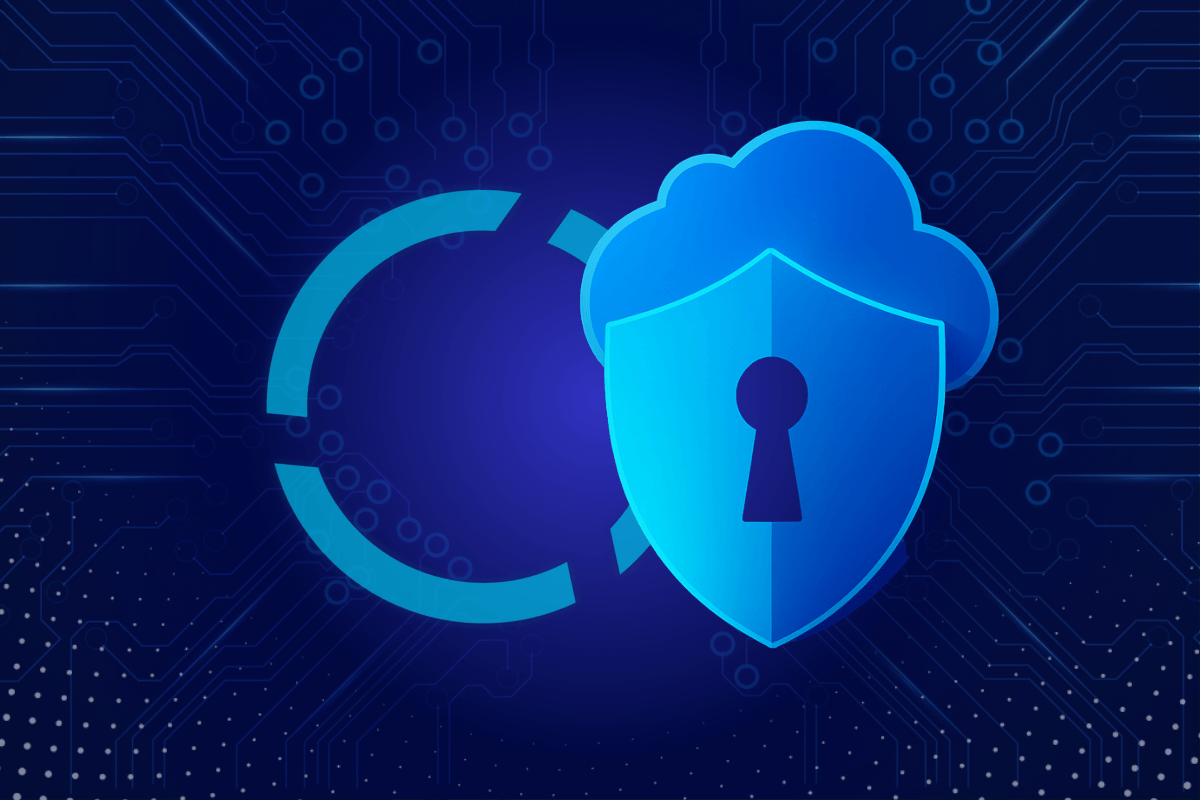Imagine this: you've spent years developing a groundbreaking product. It’s your company's lifeblood—your most valuable asset. But in a single, unnoticed vulnerability, a faceless actor has not only accessed your data—they’ve stolen the very essence of your business, your intellectual property (IP).
In the blink of an eye, everything that makes your company unique is at risk of being replicated, sold, or worse—rendered obsolete.
This isn't just hypothetical. It’s happening every day to companies who underestimate the security of their software applications.
Let’s explore why software security isn’t just an information technology (IT) responsibility—it’s a business-critical necessity for protecting your innovation and, ultimately, your survival in a hyper-competitive market.
Common Security Gaps That Increase Risk
The rising prevalence of cyberattacks, ransomware, and data breaches illustrates why software security should be foundational to any enterprise’s strategy. According to Forbes, 2023 saw a 72% increase in breaches since 2021, which held the previous record.
The reason for this may be that businesses still lack even the most basic security measures for software protection.
For example, despite the well-documented advantages of multi-factor authentication (MFA), many organizations still fail to implement this crucial layer of protection, leaving themselves exposed to security vulnerabilities. A 2024 breach involving Snowflake, a leading data warehousing company, was a cautionary tale on the danger of not using MFA, allowing attackers to exploit vulnerabilities and compromised its user credentials.
Furthermore, even people with legitimate access can pose significant risks. Some are genuinely bad actors who plan malicious attacks, while some may simply mishandle sensitive information — like forwarding confidential emails to unauthorized external parties.
A high-profile case involving the theft of proprietary AI source code from Google brought to light the dangers of insider threats. The former employee exploited his unauthorized access to steal valuable IP information, revealing a damaging hole in Google’s information security. Such security incidents caused by insider actions, whether accidental or deliberate, are a frequent cause of compromised IP.
But these specific cases represent just a small slice of the bigger picture of potential cyber threats. Vulnerabilities also arise from weak infrastructure and poorly configured systems.
When businesses rely on outdated or improperly set up software systems, they leave themselves exposed to a wide range of security risks. Without sufficient firewalls, robust network security, or access configurations, companies open themselves up to malware, cyberattacks, and data breaches.
These security issues are often exploited by hackers who can easily find weak points in poorly protected systems, particularly in web applications or open-source applications where security controls may not be as stringent. Proactive risk management and security testing are essential to identify and rectify these weaknesses before they lead to significant damage.
How to Identify Better System Security
There’s no one-size-fits-all security solution. Best-in-class cloud-native providers like Propel Software recognize the critical nature of data security. Propel safeguards its users’ information through a multi-layered approach, protecting it from the moment it enters the system to the time it rests within our data centers.
Let’s explore each layer of security, from user access and application controls to the robust infrastructure that keeps user data safe.









